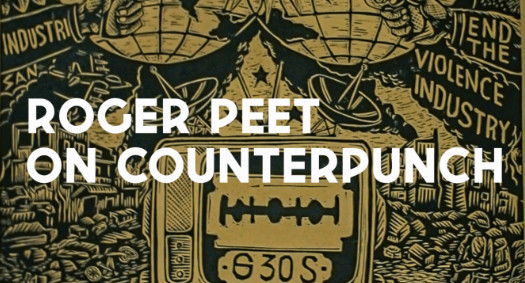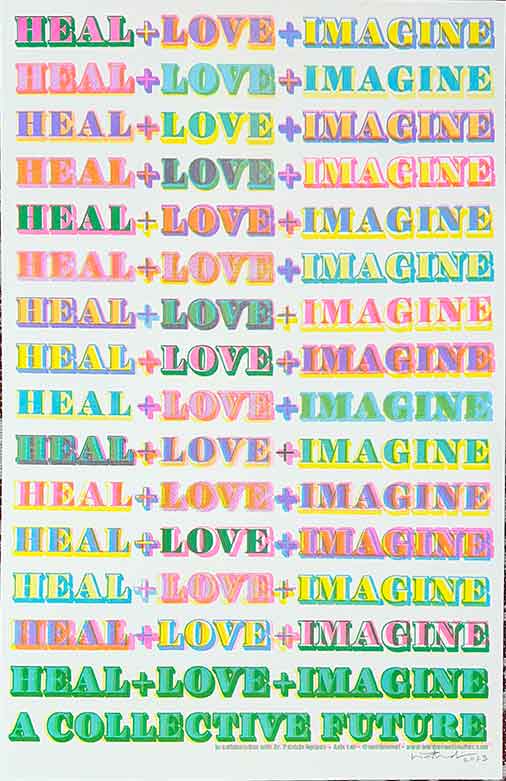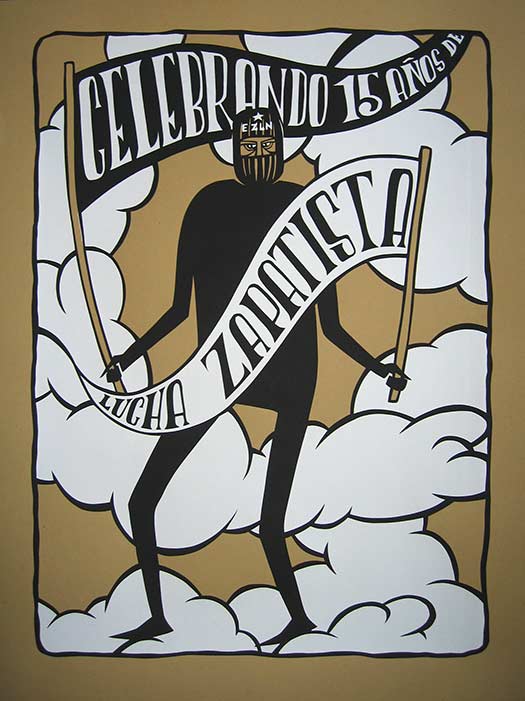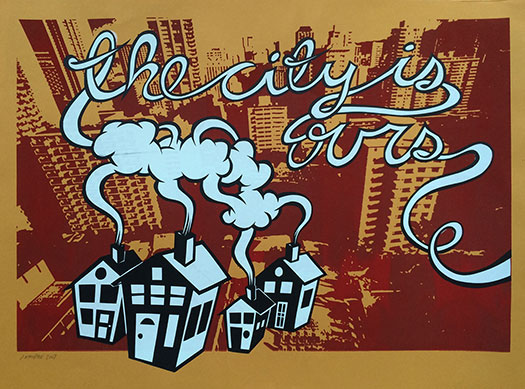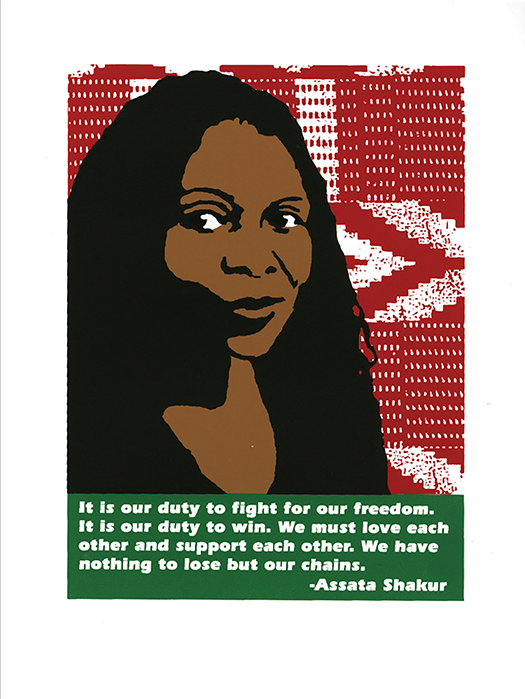
On Roads Where They Fell, Bicyclists Are Remembered
By COLIN MOYNIHAN
The day after Andrew Ross Morgan was killed when his bicycle and a furniture truck collided at a Manhattan intersection, a bouquet of lilies stood nearby in a metal coffee can; a scrap of paper on a lamppost bore his name and the abbreviation R.I.P. Soon, those memorials were joined by another.
Just after 9 p.m. on Thursday, a group of people assembled at the same intersection, Elizabeth and East Houston Streets. They unfolded a cardboard stencil stained with orange and blue paint and placed it in the street. A man shook a can of silver spray-paint and pointed the nozzle at the cardboard. When he removed the cardboard moments later, an outline of a human body remained on the macadam.
“There needs to be more visibility for cyclists,” said Matthew Roth, 28, of Chelsea, gazing at the image that he had just created. “This is an act of solidarity and tribute.”
Over the years, roadside memorials in New York City have become a familiar sight. Their goal is to commemorate lives that came to a sudden end in a landscape of asphalt, brick and concrete where yesterday’s events can be quickly forgotten. The most common display involves a milk crate or a cardboard box, tall candles in glass sleeves bought at local bodegas and a snapshot of the deceased.
But in the last week, memorials of a more noticeable and lasting nature have appeared in Manhattan and Brooklyn to designate the spots where bicyclists have died. They have been created in response to a recent spate of deaths on major thoroughfares and are intended to recognize the dangers cyclists face. According to police records, Mr. Morgan, 25, a food market manager from Brooklyn, was the 10th bicyclists to die this year in a collision with a car or truck; there were six by this time last year. In 2003, there were 16 fatalities, and in 2004, there were 15, the police said.
“There’s a lack of education for drivers about sharing the road,” said Mr. Roth, adding that many motorists endanger bicyclists by abruptly swerving their cars or by swinging doors open. And bicyclists sometimes bring danger upon themselves by riding in a risky fashion.
Mr. Roth, who is a member of a bicycling advocacy group called Time’s Up!, said his organization had compiled a list of hundreds bicyclists and pedestrians killed in the last 10 years in collisions with motor vehicles. In the last week or so, he said, the group placed seven stenciled images at spots where fatal accidents had occurred. It is unlawful in New York City to place painted messages on public streets. But Mr. Roth said that a desire to call attention to the deaths made him and others decide to create the images.
The stenciled images are not the only new memorials for bicyclists. Last week, a collective of artists called Visual Resistance began using bicycles that have been spray-painted white, called “ghost bikes,” to designate spots where bicyclists have died. The first was on Fifth Avenue near Warren Street in Park Slope, where a 28-year-old lawyer, Elizabeth Padilla, died after being struck by a truck on June 9, said Kevin Caplicki, 26, of Fort Greene. Mr. Caplicki is a member of the collective and said he happened by Fifth Avenue moments after Ms. Padilla died. The experience motivated him and others to introduce to New York this type of memorial, which has appeared on the streets of St. Louis and Pittsburgh.
“I feel an affinity with any cyclist who has fallen,” Mr. Caplicki said. “I hope that people can make a connection when they see a riderless bicycle and think about a life that’s gone.”
At 11:30 p.m. Friday, Derek Bobus, 21, an architect’s assistant from the Lower East Side, stopped to gaze at a Raleigh 10-speed painted white and chained to a signpost on East Houston Street near Avenue A. He read a small white sign fixed to the post above the bicycle; the sign bore the name Brandie Bailey, a 21-year-old who died nearby after being struck by a garbage truck on May 8.
Mr. Bobus said the memorial moved him to reflect on Ms. Bailey.
“She woke up that morning, and she had no idea she was going to die,” he said. “It proves how life is really fragile.”
Kareem Fahim and William K. Rashbaum contributed reporting for this article.
Related: Visual Resistance’s New York City Ghost Bike Project.
Bike memorial projects in the NY Times
June 26, 2005

